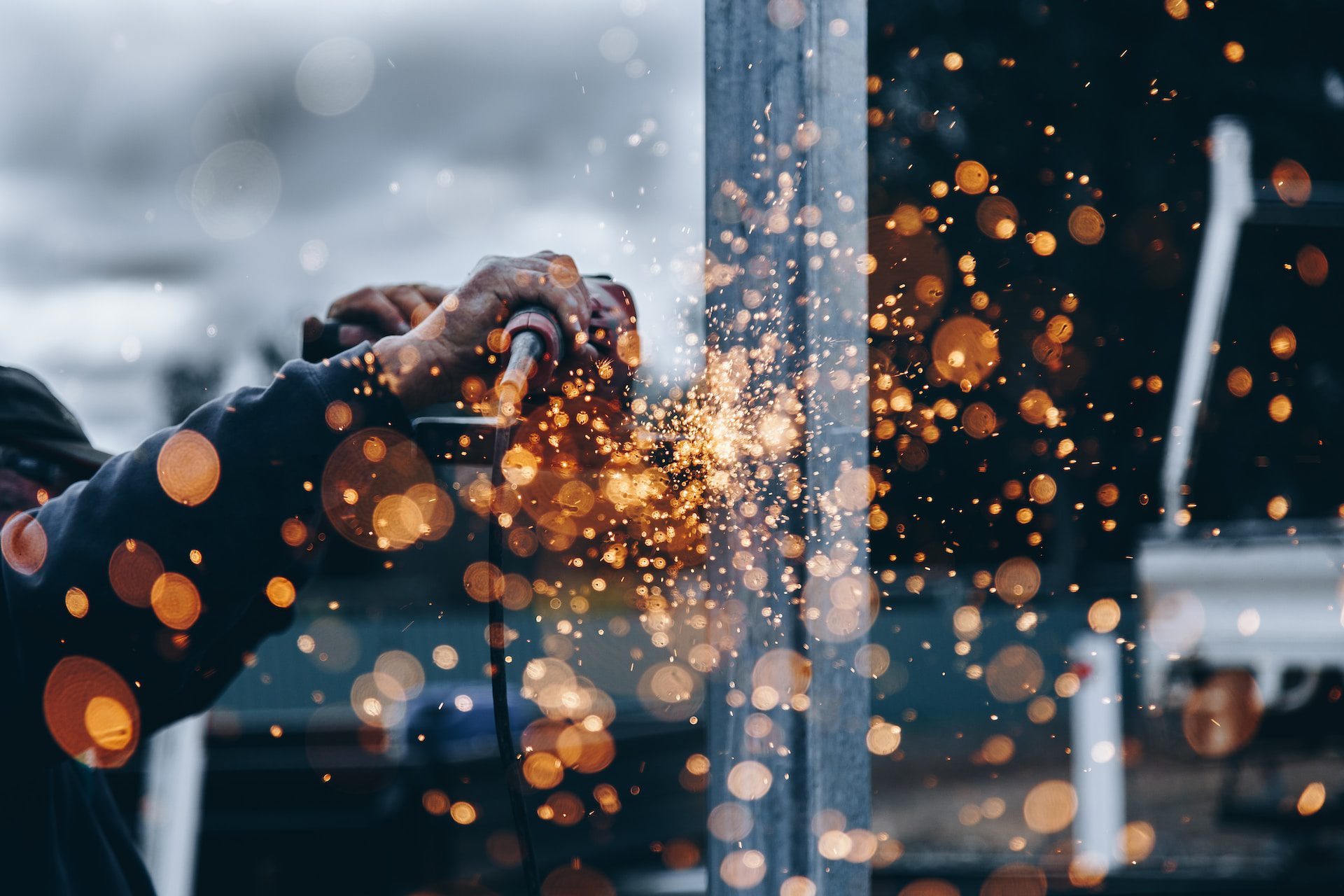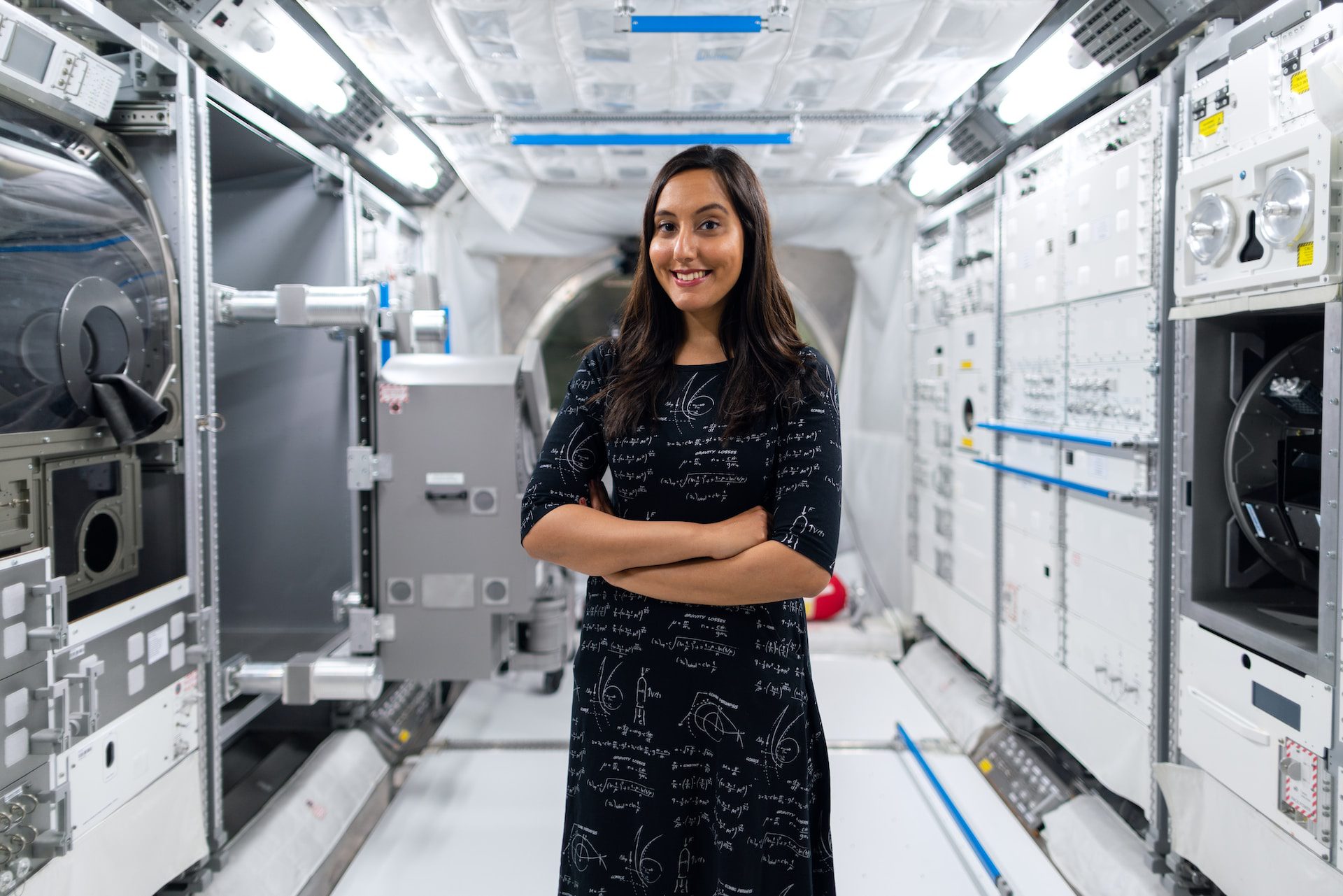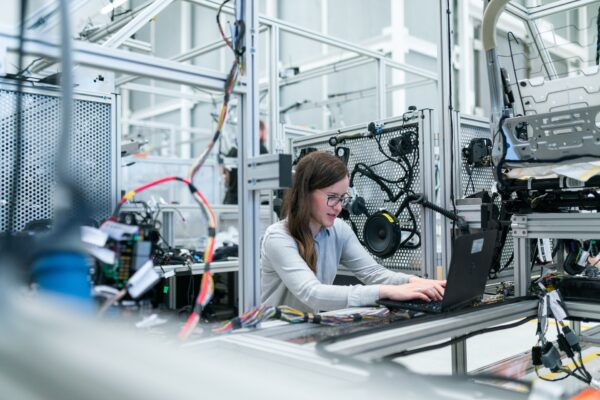When you pick up your smartphone or turn on your high-definition television, you might not immediately think of CNC machining. This advanced manufacturing process plays a pivotal role in creating the intricate components that power many of our modern devices.
From Smartphone to Computers
Take the ubiquitous smartphone, for instance. The aluminum body of devices like Apple’s iPhone is sculpted using CNC machines. It’s a process that ensures precision and consistency across millions of units. Sir Jonathan Ive, Apple’s Chief Design Officer until 2019, once mentioned, “The role of CNC in achieving the seamless integration and precision of our devices can’t be overstated.”
On a broader scale, laptops and desktop computers also owe their streamlined designs to CNC processes. The heat sinks, which dissipate heat from processors and prevent overheating, are often CNC-machined for an exact fit.
Wearable Devices and Smartwatches
The growing trend in wearable tech, including smartwatches and fitness trackers, is heavily reliant on CNC machining. These devices, often compact and intricate, demand a level of precision only achievable through advanced machining techniques. Eric Hayes, Vice President of Tormach Inc., emphasizes this point: “With shrinking device sizes, every micrometer counts. CNC allows manufacturers to meet these exacting standards.”

The World of Virtual Reality
Virtual Reality (VR) headsets and the accompanying equipment are another testament to CNC’s influence. The tiny, precisely positioned lenses in VR sets, the ergonomic handheld controllers, and the meticulously designed mounting structures all benefit from CNC’s precision. Renowned tech analyst, Lara Whitely, observes, “Without CNC, the immersive experience of VR would be impossible to achieve.”
Beyond Mainstream Devices
Even beyond our daily use devices, CNC has a role in specialty tech tools. Drones, for instance, utilize CNC-machined parts for their lightweight yet robust frames, allowing for agile flight and longer battery life.
In the realm of audio technology, high-fidelity headphones and speakers often incorporate CNC-machined components, ensuring optimal sound quality. Dr. Amelia Kahn, an acoustics expert, states, “It’s the precision of CNC that allows these devices to reproduce sound so faithfully.”
A Dive into the Gaming Industry
Another area where CNC’s influence is profound, yet perhaps overlooked, is in the gaming industry. Gaming consoles, especially the high-end ones that promise precision and rapid response times, rely heavily on components sculpted through CNC processes. The custom cooling systems, which maintain the optimal performance of the console’s GPU and CPU, or the delicate joysticks on controllers, demand utmost accuracy in manufacturing.
Moreover, many gaming peripherals, such as customized keyboards or mice, employ CNC machining for their metallic components. The feel of a solid, weighty metal keycap on a mechanical keyboard or the cold, smooth scroll wheel on a gaming mouse can be attributed to CNC’s craftsmanship.
Elijah Ross, a game hardware developer, once said, “In the fierce competition of gaming hardware, the tactile experience a user gets can set a brand apart. CNC machining provides that edge by allowing designers to experiment with shapes, weights, and materials.”
Niche Tech Gadgets
Beyond the more conventional tech devices, niche gadgets, such as telescopic camera lenses for smartphones or the compact housings of wireless earbuds, owe their refined finish to CNC. These might be small components, but their functionality hinges on precision.
Layla Reynolds, a product designer specializing in compact tech gadgets, shares, “Designing a product is one thing, but bringing that vision to life with the right materials, finishes, and fit? That’s where CNC comes into play. Its ability to work with a variety of materials while maintaining precision is unparalleled.”

Space and Beyond
Perhaps one of the most exciting horizons for CNC is in aerospace and space technology. From satellites to rockets, every part needs to be exact. The margin for error is almost zero. CNC machining provides the reliability required for these high-stakes ventures.
Astrophysicist Dr. Jerome Hartman reflects, “When you’re sending a device millions of miles into space, you need to be sure of its integrity. CNC ensures that every component, down to the smallest screw, meets the strict standards needed for such missions.”
Experts on The Role of CNC in the Tech Industry
- Dr. Elaine Richards, Professor of Manufacturing Engineering at MIT: “CNC technology is no longer just the backbone of modern manufacturing, but an enabler for rapid prototyping and customized solutions in the tech industry.”
- James Donovan, CTO at RoboTech Inc.: “The precision and repeatability offered by CNC machines have revolutionized the tech sector. From developing intricate components for electronics to constructing specialized tools, the possibilities are endless.”
- Liam Park, Author of “The Digital Craftsmanship”: “One of the most impressive aspects of the tech revolution is the democratization of manufacturing processes. With CNC, even small startups can produce parts at a quality that was once reserved for large factories.”
- Dr. Aisha Roberts, Research Scientist at TechFuture Labs: “The integration of CNC with AI and robotics is creating a paradigm shift. We’re moving from mere automation to truly intelligent production systems.”
- Alberto Gomez, CEO at NanoFab Corp.: “The demand for miniaturized components in the tech industry has been on the rise, and CNC machining offers the precision we need to meet these specifications.”
- Fiona Chan, Editor-in-Chief at TechMaker Magazine: “Every tech innovator should have a basic understanding of CNC. It’s as fundamental as coding in today’s hardware-driven startup landscape.”
- Dr. Rajiv Mehta, Director at Advanced Manufacturing Institute: “From aerospace to consumer electronics, the versatility of CNC machining ensures it remains at the forefront of production methodologies.”
- Helena Wu, Lead Designer at VirtueTech: “As a designer, the beauty of CNC lies in its ability to bring our most intricate designs to life, bridging the gap between digital concepts and tangible products.”
- Dr. Samuel O’Toole, Historian of Technology: “Historically, the transition from manual to CNC machining marked one of the most significant leaps in manufacturing. Its ongoing evolution is a testament to its enduring relevance in the tech world.”
- Marie Diaz, Co-Founder of Makerspace Global: “With affordable desktop CNC machines entering the market, we’re witnessing a new wave of makers and entrepreneurs transforming their ideas into realities.”
